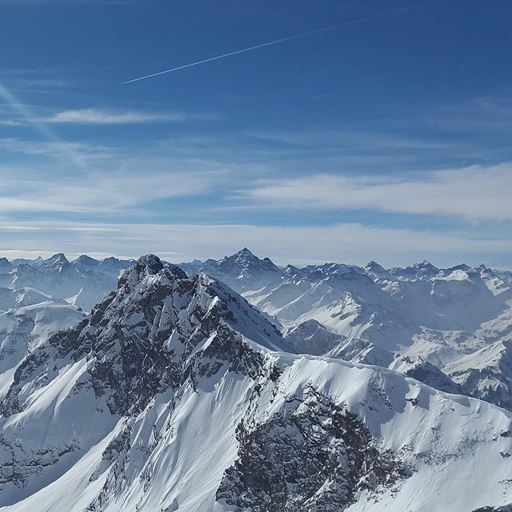Many of the species are likely to become restricted to cold habitats that will only persist higher in the mountains, and these areas are also likely to see pressures from the skiing and tourism industries or from the development of hydroelectric plants.
The research study - led jointly by the University of Essex and University of Leeds and published in the scientific journal Nature Ecology and Evolution - calls on conservationists to consider new measures to protect aquatic biodiversity.
The invertebrates, which include stoneflies, midges and flatworms, play a key role in nutrient cycling and organic matter transfer to fish, amphibians, birds and mammals in the wider Alpine ecosystem.
Using glacier, landscape and biodiversity mapping data collected across the Alps, scientists from across Europe simulated how key invertebrate populations across the mountain range are likely to change between now and 2100 because of climate change.
As the climate warms, the modelling predicted the invertebrate species would seek out colder conditions in the highest parts of the mountain range. In the future, these colder areas are also likely to be prioritised for skiing or tourism or to locate hydropower plants.
Dr Martin Wilkes, from the University of Essex and who co-led the research, said: “The losses we predict for Alpine biodiversity by the end of this century relate to just one of several possible climate change scenarios.
“Decisive action by world leaders to reduce greenhouse gas emissions could limit the losses. On the other hand, inaction could mean that the losses happen sooner than we predict.”
Lee Brown, Professor of Aquatic Science at the University of Leeds who co-led the research, added: “Conservationists need to be thinking about how protected area designations must evolve to take into account the effects of climate change.
“It may be that some species will have to be moved to refuge areas if we want to safeguard their survival as many of them are not strong fliers so they cannot disperse easily through the mountains.”
There was sufficient data to model what was likely to happen to 19 invertebrate species, mainly aquatic insects, that live in the cold-water regions of the Alps.
By the turn of the century, the modelling predicts that most of the species would have experienced "consistent losses” of habitat and in the study the researchers describe the “substantial work” that is necessary to protect the biodiversity in rivers that are being fed by retreating glaciers.

.jpg?mh=500&mw=500&hash=6568B6C9CCF5290A596BEF6678B6AD0E)




